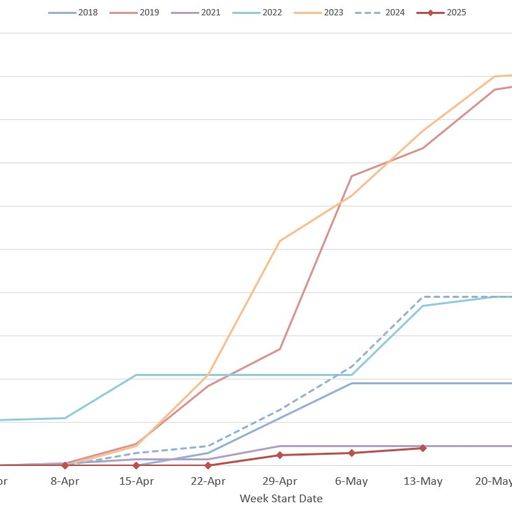Volunteer River Herring Monitoring at Beaver Dam Brook and Manomet Brook
River Herring are anadromous (migratory) fish that consist of two species —alewife (Alosa pseudoharengus) and blueback herring (Alosa aestivalis). They live in the ocean for most of their lives, but each spring the adults (3+ years) swim up rivers to spawn. In April and May, the adult herring enter the streams along the Massachusetts coast, including Beaver Dam Brook where the alewife swim up to Fresh Pond and the blueback herring, who arrive somewhat later, spawn in the riverine system. Once they spawn, the adults head back to the ocean. Once the eggs hatch, the juveniles will spend a few months in the freshwater habitat before they too head to the ocean to live as adults.
Brook Trout (Salvelinus fontinalis) are Massachusetts's only native trout species, and they require clear, cold, well-oxygenated water year-round. They are threatened by development, pollution, and climate change impacts that alter and remove suitable habitat. Manomet Brook and Foothills Preserve restorations provide potentially suitable cold-water habitat.
The Tidmarsh Herring Count Project is focused on documenting the number of fish that make it up Beaver Dam Brook en route to Fresh Pond or to elsewhere in the riverine system to spawn. The counts are reported to the Massachusetts Department of Marine Fisheries and become part of the Massachusetts state count. The project also contributes important information to research about the return of biodiversity to the Tidmarsh Headwaters and Manomet Brook restoration projects. The annual count typically occurs throughout April and May.
The Tidmarsh Herring Count is a collaboration between Mass Audubon, Living Observatory, and the Town of Plymouth. The lead scientist on the project is Dr. Sara Grady, Mass Audubon Senior Coastal Ecologist.


